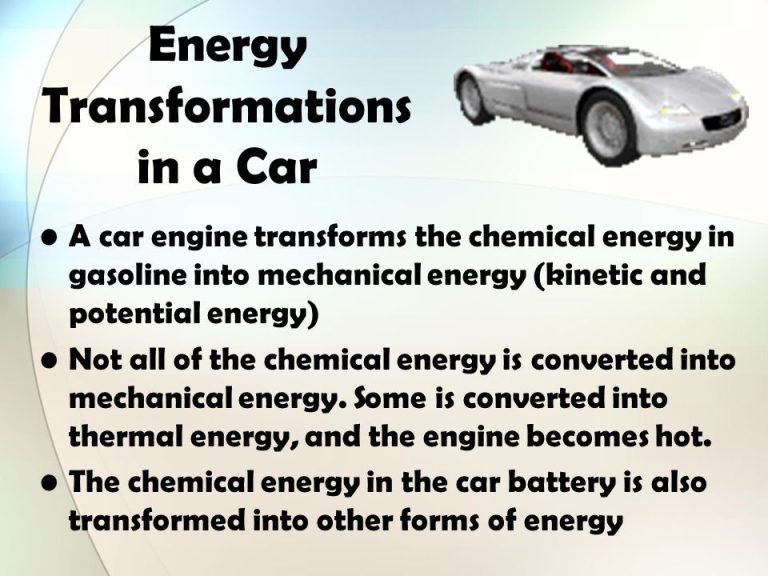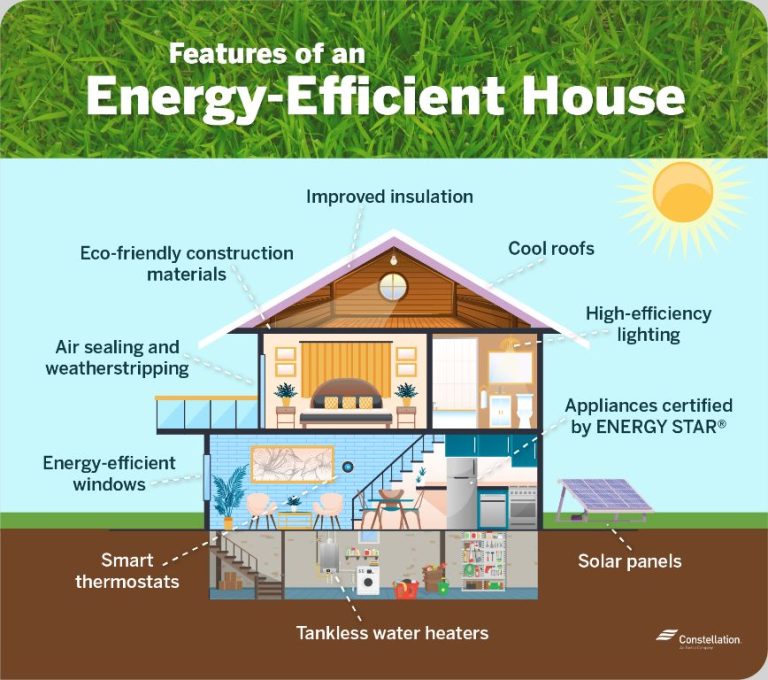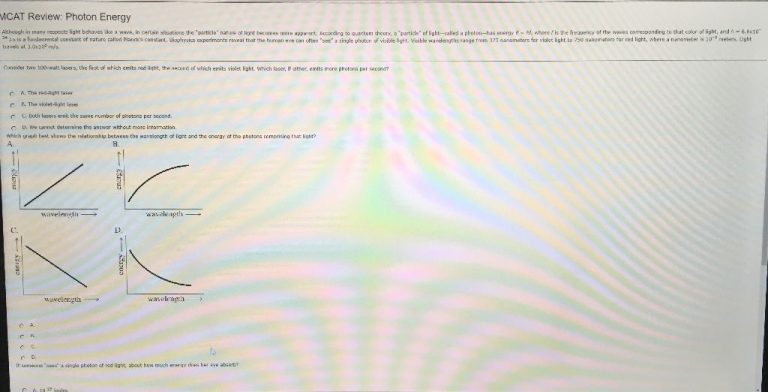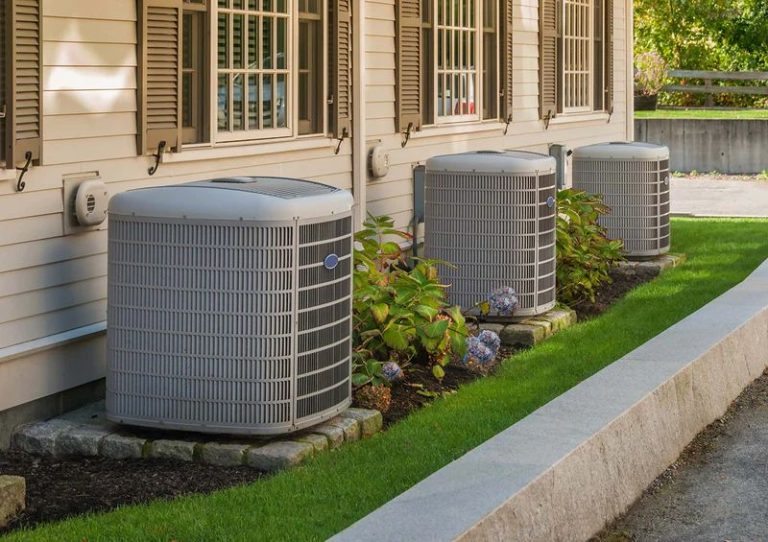What Is The Iec Standard For Efficiency?
The International Electrotechnical Commission (IEC) is a global organization that develops and publishes international standards for electrical, electronic and related technologies. According to the IEC, “Standards ensure the safety, reliability and performance of electrical and electronic devices and systems, including information technologies.” (source).
One key focus area for the IEC is developing standards related to energy efficiency. As noted on the IEC website, “The IEC defines energy efficiency as the ratio between output performance compared with the input of energy.” (source). The purpose of the IEC energy efficiency standards is to provide consistent testing methods and efficiency criteria that manufacturers and regulators can use to optimize and certify the energy performance of electrical equipment.
History of the IEC Efficiency Standards
The International Electrotechnical Commission (IEC) first developed efficiency standards for electric motors in 1985 with the publication of IEC 60034-30. This introduced the first international system for rating motor efficiency based on standardized testing methods.
In the 1990s and early 2000s, the IEC published revisions to expand the standards to additional motor types and sizes, such as IEC 60034-2-1 for motors under 1 kW and IEC 60034-30-1 for motors up to 150 kW. Key expansions included adding test methods and efficiency classification levels for different motor designs, such as induction motors, permanent magnet motors, and synchronous motors.
The latest major update came in 2014 with the publication of the IEC 60034-30-1:2014 standard, which consolidated previous standards and extended the scope to cover motors up to 1000 kW. This provides the current globally recognized efficiency classes for low, medium, and high voltage motors.
How the Standards Are Developed
IEC standards are developed through a consensus process by technical committees comprised of experts from participating member countries. There are over 200 technical committees and subcommittees focused on different areas like electronics, electrotechnology, and energy efficiency.
The process for drafting a new standard typically begins with a proposal submitted to the relevant IEC technical committee. The technical committee will review the proposal and vote on whether to proceed with developing a standard. If approved, a working group is formed to research the subject in depth and begin preparing the first draft of the standard.
The draft goes through multiple rounds of review and revisions within the working group. Once it meets consensus, the draft is circulated more widely among participating IEC members for comments. Based on this feedback, another draft may be created and voted on. If consensus is reached, the final draft becomes the published IEC standard after approval by national committees 1.
This consensus-driven process allows IEC standards to reflect the expertise and diverse perspectives of manufacturers, testing labs, regulators, and other stakeholders from many countries.
Key Efficiency Metrics Used
The IEC uses several standard metrics to measure and compare energy efficiency across different types of products and systems. Some of the main efficiency metrics include:
Energy Efficiency Ratio (EER) – Used for measuring efficiency of air conditioners, heat pumps, and refrigeration systems. It represents the ratio of cooling or heating output in BTU/hr to the input power in watts at a given outdoor temperature. A higher EER indicates better efficiency. IEC standards specify minimum EER levels that products must meet.
Coefficient of Performance (COP) – Similar to EER but used at a wider range of operating conditions. It measures heat removed or added per unit of input energy. COP is used for chillers, heat pumps, and refrigeration systems. IEC test procedures are used to measure and verify COP ratings.
Lumen per Watt (LPW) – The lumen output of a light source divided by electrical input power. It measures light output compared to energy consumed. IEC standards specify minimal LPW for different lamp types like LEDs, fluorescents, and HID lamps.
For electric motors and drives, key metrics are nominal efficiency, IE class, and partial load efficiencies. IEC 60034-30 provides testing methods and classification based on these metrics. Energy efficiency minimums are defined for motors by IE class, which ranges from IE1 (standard efficiency) to IE4 (premium efficiency).
The IEC also provides energy efficiency measurement, calculation, and reporting standards for appliances, data centers, servers, transformers, and other equipment types.
Products Covered by IEC Efficiency Standards
The IEC has developed energy efficiency standards for a wide range of electrical products including lighting, motors, appliances, and more. Some of the major product categories covered include:
Lighting – IEC has standards for the energy performance and efficiency of various types of lamps and lighting equipment like LED lamps (IEC 62612), fluorescent lamps (IEC 60901), and ballasts (IEC 60929). These specify test methods, performance requirements, and efficiency classification labeling.
Motors – Efficiency standards for electric motors are covered in IEC 60034-30, which defines test methods, efficiency classes, and performance criteria. It applies to motors ranging from 0.75 kW to 375 kW. Higher efficiency motors can save significant energy in industrial applications.
Appliances – Standards like IEC 60350 cover test methods for measuring energy consumption of electrical appliances like ovens, washing machines, refrigerators, and more. Minimum energy performance requirements are set for different product types.
There are also standards for transformers (IEC 60076), uninterruptible power supplies (IEC 62040), fans (IEC 60879), and many other product categories. The standards aim to drive adoption of energy efficient electrical equipment worldwide.
Source: https://en.wikipedia.org/wiki/List_of_IEC_standards
Testing Methods
The IEC uses standard test methods to measure the energy efficiency of products covered under the IEC standards. This ensures efficiency ratings are accurate, consistent and comparable across different manufacturers and models.
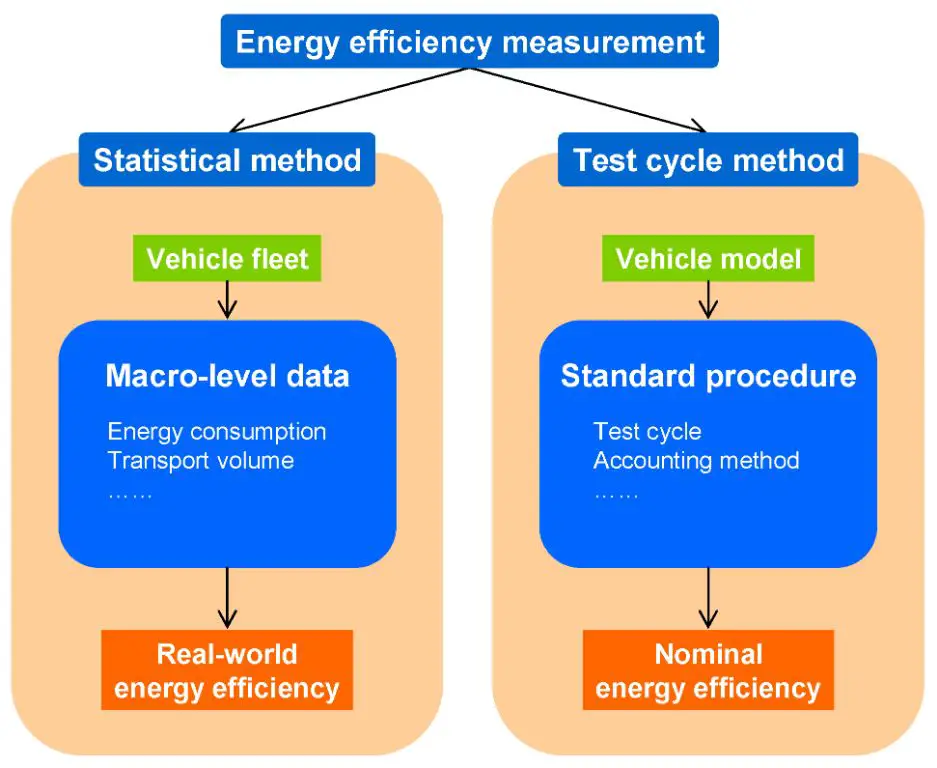
For electric motors, efficiency testing is conducted according to the IEC 60034-2-1 standard. This specifies the test procedures and conditions for determining motor efficiency and losses. Testing is performed in an accredited lab under steady state conditions, with measurements taken at 50%, 75% and 100% of rated load. The motor is operated until temperatures stabilize to ensure accurate readings. Efficiency is calculated by determining the ratio of mechanical power output to electrical power input.
For lighting products, efficiency is measured as lumens emitted per watt of power consumed. Testing is performed according to IEC standards specific to different lighting technologies, such as IEC 62612 for LED lamps. These test standards specify ambient conditions, input voltage, measurements, instrumentation and other parameters to ensure consistent test results.
By following IEC test methods, efficiency ratings for electric motors, lighting and other products covered can be trusted and enable fair comparison between models for purchasing decisions.
Efficiency Levels & Rating Labels
The IEC 60034-30-1 standard defines four efficiency levels for motors – IE1, IE2, IE3 and IE4, with IE4 being the most efficient. The minimum efficiency levels are defined based on the motor’s power rating in kW.
IE1 is the standard efficiency level and has the lowest minimum requirements. IE2 is the high efficiency level, IE3 is the premium efficiency level, and IE4 is the super premium efficiency level. Each higher level has stricter minimum efficiency requirements compared to the lower levels.
Motors that meet the IEC efficiency levels can display rating labels indicating their efficiency. For example, motors that meet IE3 requirements can display “IE3” or “Premium Efficiency” labels. The ENERGY STAR label is another common rating for motors that meet IE3 efficiency criteria (https://www.iec.ch/government-regulators/electric-motors).
Higher efficiency motors like IE3 and IE4 offer significant energy savings over standard IE1 motors. Globally, regulations and incentive programs increasingly require IE2 as the minimum efficiency level for new motors.
Adoption of IEC Standards
The IEC develops international standards for energy efficiency that can be adopted and implemented globally. This provides consistency and alignment across regions, rather than a patchwork of differing regional standards. However, adoption of IEC standards faces some challenges.
A key benefit of IEC standards is that any country can adopt and use them without modification (IEC). This makes it easier for manufacturers to design products that meet efficiency requirements across multiple markets. Having aligned global standards helps enable international trade and market access.
However, some countries or regions choose to develop their own standards rather than adopting the IEC versions. For example, the U.S. DOE develops efficiency regulations for appliances and equipment that differ in certain aspects from IEC standards (DOE). Factors like local climate conditions, pre-existing policies, and economic priorities can influence this choice.
Transitioning to new global standards also poses challenges around implementation timelines, costs of updating processes, and stakeholder alignment. However, the long-term benefits of harmonized efficiency metrics make IEC standards an important consideration for policymakers aiming to maximize energy savings.
Impact on Energy Savings
Studies have shown that IEC efficiency standards for products like electric motors, lighting, and appliances have led to significant energy savings over time. According to the IEC, electric motors that meet efficiency standards use up to 30-50% less energy compared to conventional motors1. For lighting, the transition to efficient LED bulbs spurred by standards is estimated to reduce lighting electricity demand by over 50%2.
In the European Union, adoption of IEC efficiency standards is estimated to deliver energy savings of 10% of total EU electricity consumption by 2020, around 130 TWh per year2. China is another example where national standards aligned with IEC global standards contributed to over 1,000 TWh in cumulative energy savings from appliances between 1990 and 20102.
Future Outlook
The IEC efficiency standards are expected to continue evolving in the coming years to cover more products and set tighter efficiency requirements. Some areas where we may see expansion and tighter standards include:
Expanding to additional motors and motor-driven equipment – Currently the standards focus primarily on motors, but they could be expanded to set efficiency levels for pumps, fans, compressors and other motor-driven equipment.[1]
More stringent MEPS levels – Many expect the Minimum Energy Performance Standards (MEPS) for motors to continue ratcheting up, requiring higher IE levels in more applications.[2]
New metrics and testing procedures – As technology advances, new metrics and testing methods may be introduced to better evaluate real-world motor efficiency under typical operating conditions.
Aligning global standards – Work is underway to harmonize efficiency standards worldwide, which could lead to expanded adoption of IEC levels globally.[3]
Overall, the continued evolution of the IEC efficiency standards will likely lead to additional energy savings in the future as more products must meet higher efficiency levels.
[1] https://www.utilitydive.com/news/efficiency-standards-electric-motors-doe-dishwasher/649954/
[2] https://mainstream-corp.com/nema-vs-iec-motor-efficiency-ratings/
[3] https://www.energyefficiencymovement.com/wp-content/uploads/2023/01/ABB_EE_2022-03-WhitePaper_Top-Industrial-Efficiency.pdf

